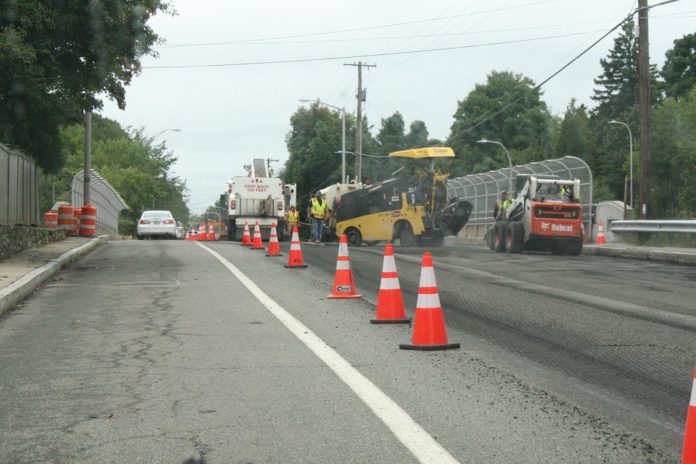Driving needs to be free of distractions, no matter how proficient you think you are as a driver. If you want to maintain road safety, you’ll need to use your full concentration. That will give you more time to react to unexpected circumstances and avoid accidents.
Human behavior is one of the main factors of road safety, although there is another primary contributor–a road’s design and sign placement. Humans take in a lot of visual information at once, especially during driving, so it can be hard to communicate messages properly.
A road that has proper safety design should be able to warn drivers about hazards and allow them to react appropriately. These are some of the characteristics they should possess. Smoothing Road Bumps: A Guide to Safe Road Design-
Visible Signals
Your visual indicators should be visible no matter the circumstances–rain or shine, night or day. The most common types of signaling items are road signs and road paint. Designing them isn’t as simple as painting symbols on signs and pavements.
Road indicators possess a special property to make them visible even at night–a quality called retro-reflectivity. It means that they accurately reflect light to its source. That is unusual as most surfaces tend to scatter reflected light, which reduces visibility and dulls color.
Road signs are modified to be retroreflective by placing a particular type of mat on top of it. Pavements, on the other hand, use special kinds of paints, such as the thermoplastic road marking one. These have glass beads as additives, which increases their reflectivity.
Proper Sign Distance
Sign placement matters when it comes to hazard indicators. If a sign is placed too near to the hazard, the driver will not have time to react. If it is set too far, however, the driver might have difficulty identifying the hazard and assume that they have passed it.
Signs should be placed about 180 to 500 feet away from the hazard, depending on the road’s speed limit. Higher distances are more appropriate for higher speed limits to give the driver more time to decelerate.
Repeated use of signs is recommended, along with approximate distance indicators. However, make sure to space them appropriately to avoid irritating the drivers. If the signs are placed near areas of greenery, always keep any wayward branches from covering the sign.
Clear Message
A good road indicator should be able to warn the driver clearly without distracting them from the road. The right color usage can affect sign perception, which is why yellow and white are the most commonly used colors. They are noticeable, but they don’t sidetrack the driver.
The indicator’s message should be easily understandable to communicate appropriately with the driver. That’s why drivers are required to learn about the common traffic symbols, may it be from road signs or pavement lane indicators.
Studies have shown that dynamic road signs have a better effect on sign perception, as they make the driver feel a heightened sense of urgency. They reinforce road safety better by increasing the driver’s response time.
Road design and adherence to driving rules are the major factors of proper road safety. You may think that you can’t affect road design as an ordinary citizen. However, don’t forget that you can report any possible road design issues to the traffic authorities since they can resolve it.
















